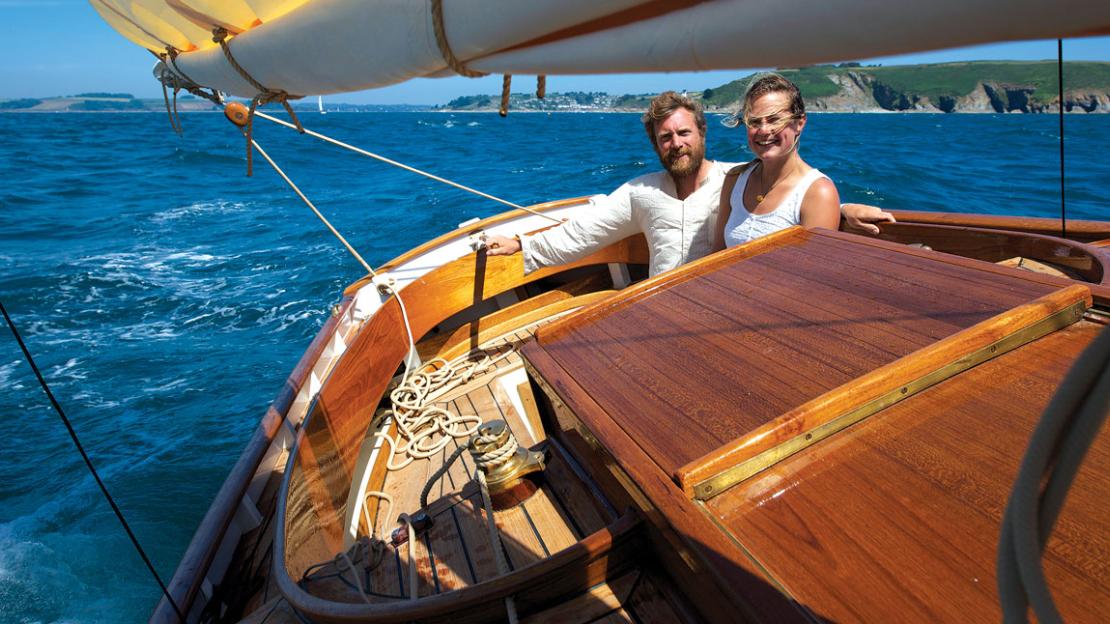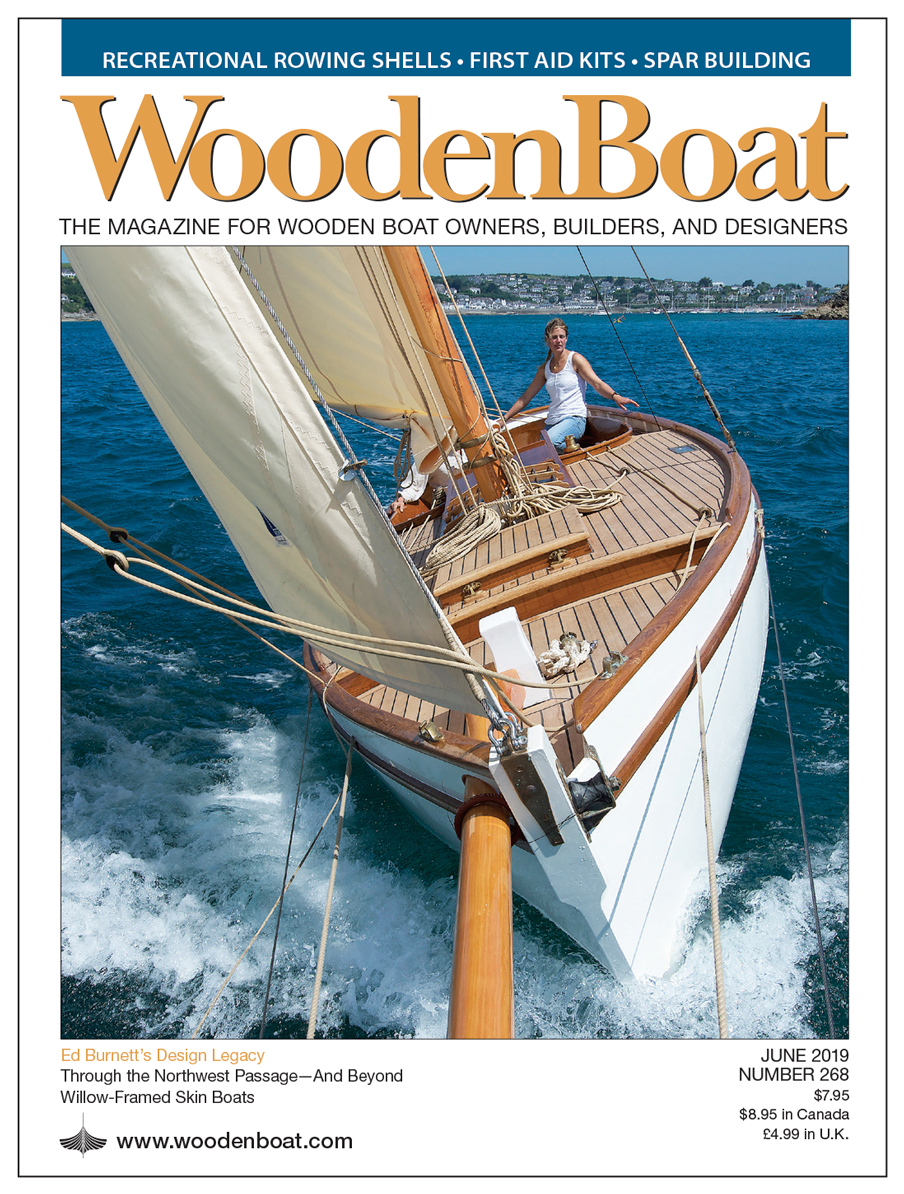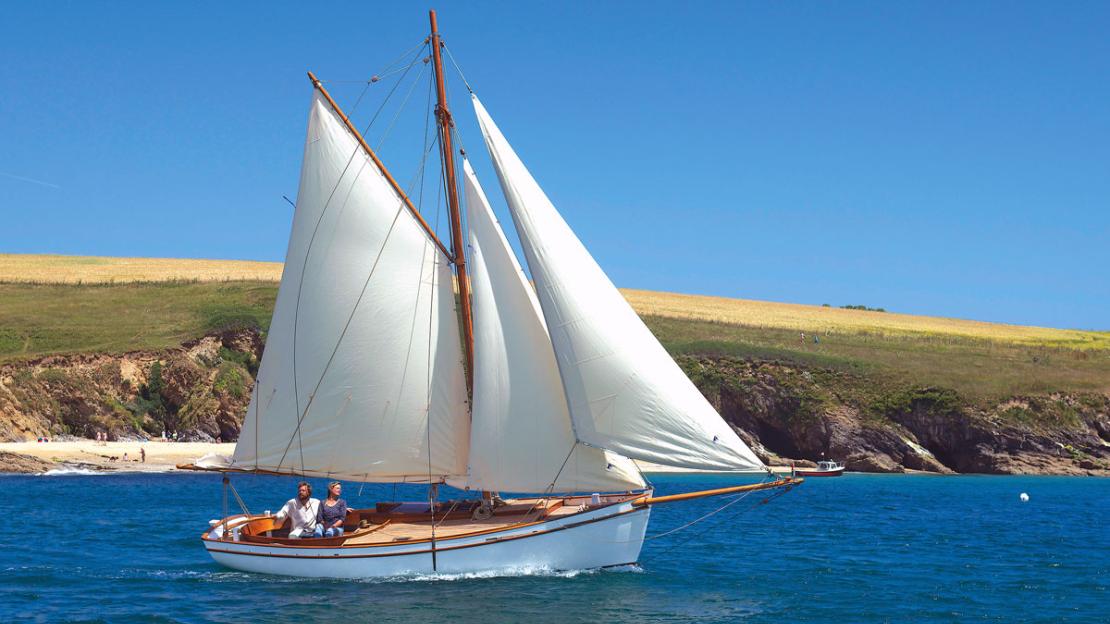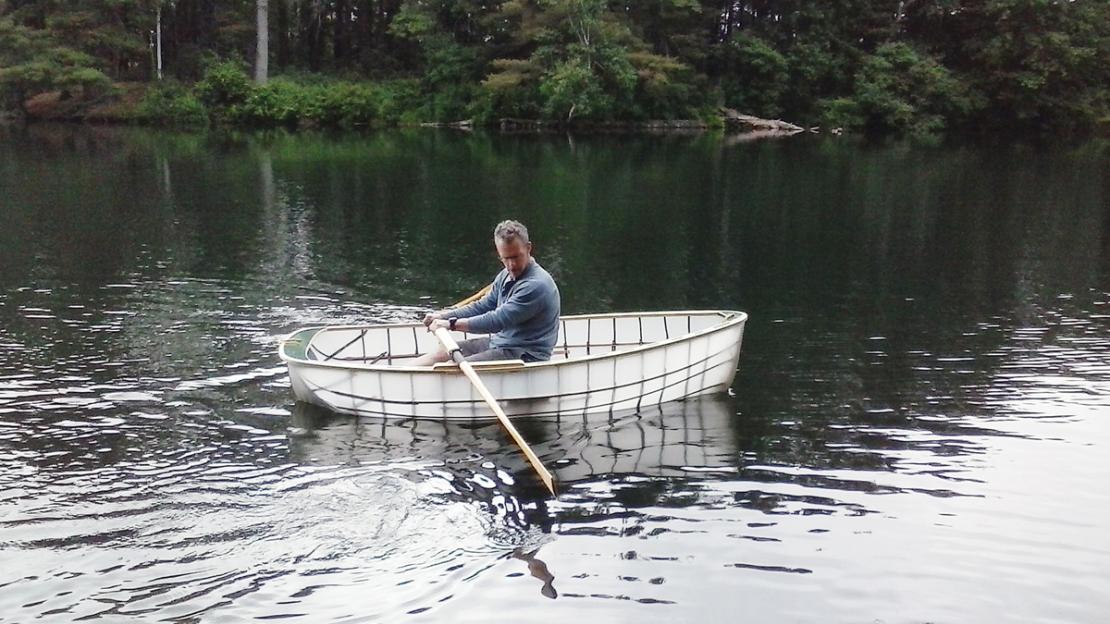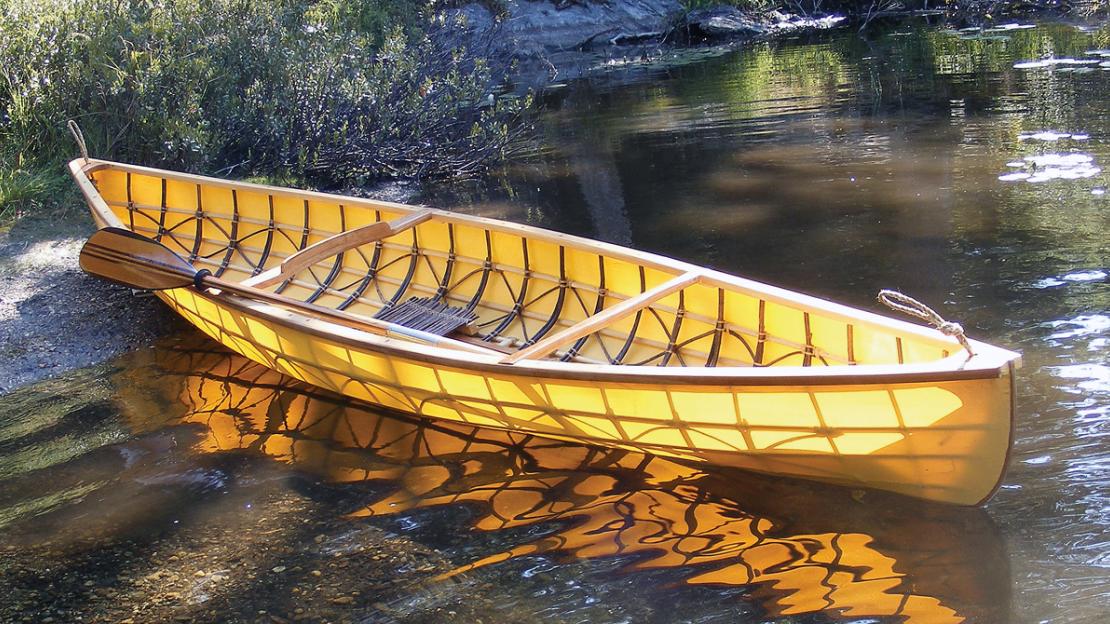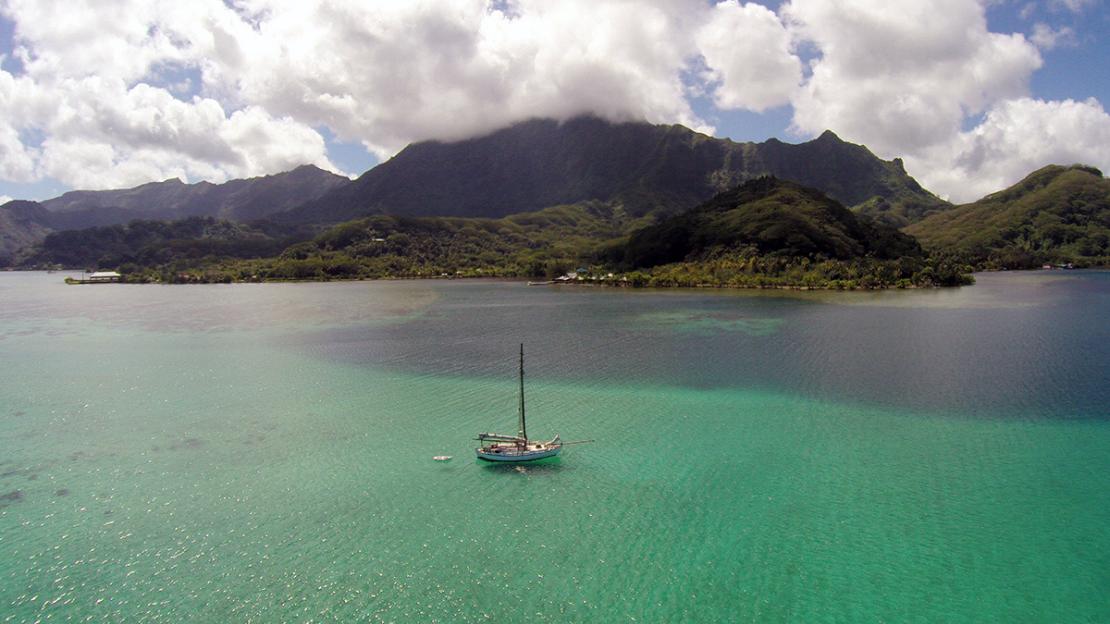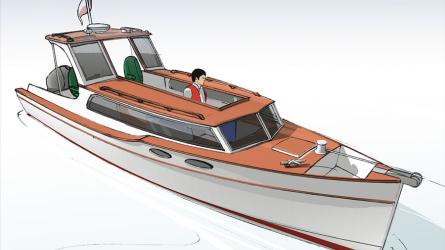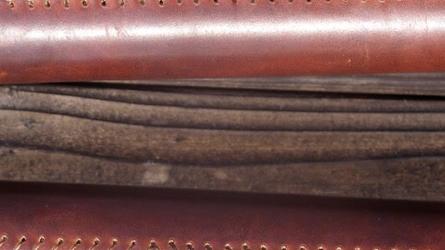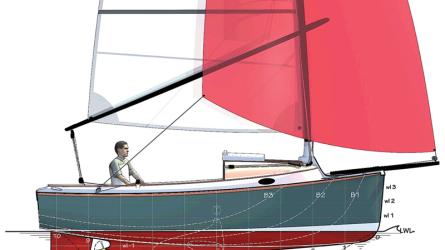Small-World Stories
In February, I traveled to Tasmania, the beautiful island state just south of the Australian mainland, for the biannual Australian Wooden Boat Festival (see page 80).
The show ran from Friday through Monday, and throughout the weekend I was reminded of the power of wooden boats to connect far-flung people and communities. Here’s a succinct account of just a few small-world stories from the festival:
Thursday, February 7
Upon arrival at the Hobart airport, I met Emily Jateff, who works for the Australian National Maritime Museum in Sydney. She is an underwater archaeologist, and so is her husband, and one of his field areas, I learned, was in the Penobscot River, about a mile from my house in a tiny midcoast-Maine town.
Friday, February 8
I was invited to join the crew of YUKON, a 60-ton Danish fishing ketch turned charter vessel. I knew of this vessel from our story about her in WB No. 220, written by her owner-restorer, David Nash. But I had never met David, and did not know that YUKON is now based in Franklin, Tasmania. I had a stunning day aboard her and got to know David and his wife, Ea, in a place where I had never imagined I would meet them.
Saturday, February 9
I ran into the Maine-based yacht designer Chuck Paine in an espresso shop in downtown Hobart. Later, I met Geoff Ashton, who has been cruising with his family aboard a 50' sloop displayed at the festival. Geoff, a former merchant mariner, studied at Maine Maritime Academy. “All this way to talk about Maine,” Geoff said to me, laughing, before inquiring about the Gloucester, Massachusetts, boatbuilder Harold Burnham.
Sunday, February 10
I visited with Greg Hatten, author of “A River for the Running” published in WB No. 266. Invited by the crew of the Northwest School of Wooden Boat Building (more on this in the article), he had shipped his beloved wooden drift boat, OBSESSION, and gave a riveting slide-and-film presentation on river running later that day.
I later visited aboard BENITO, a 44' lobsterboat-as-yacht built by Johns Bay Boat Co. in South Bristol, Maine.
Monday, February 11
After an excursion with friends John and De Deegan, who took time out of their world-girdling voyage in the early 1990s to work for WoodenBoat School for a couple of summers, I joined a small tour of IMAS, the University of Tasmania’s Institute for Marine and Antarctic Studies facility. Its state-of-the-art building is adjacent to the festival venue, and this was a little detour from the wooden-boat action—or so I thought. Our guide was Mike Coffin, who oversaw the construction of the facility and was its director. As our tour was concluding, Mike made a brief stop at his office, and my eyes alit on three photographs on his wall, of classic wooden boats in a very familiar setting. “That’s my S-boat,” he said. “I have a place in Maine.” Mike, it turned out, grew up not far from WoodenBoat, and he returns to Maine regularly. The S-boat, a classic Herreshoff one-design, just happened to be the previous issue’s cover story.
It was a very full weekend, and I spent it sprinting to see as much as I could see. So you can imagine my disappointment when I returned home to this note from regular WoodenBoat contributor Nic Compton: “Did you come across a boat called LUCY, designed by Ed Burnett and built by a couple in Tasmania?” In this issue, Nic writes about Ed and the great designs he left behind when he died in 2015 (see page 26). Alas, I had not seen LUCY. By all accounts, she is a beautiful boat. As much as I would love to have encountered the genius of Ed Burnett at the festival, and to have connected two more dots in the wooden-boat community, I’m looking forward to eventually doing so—and to another small-world story.

Editor of WoodenBoat Magazine
